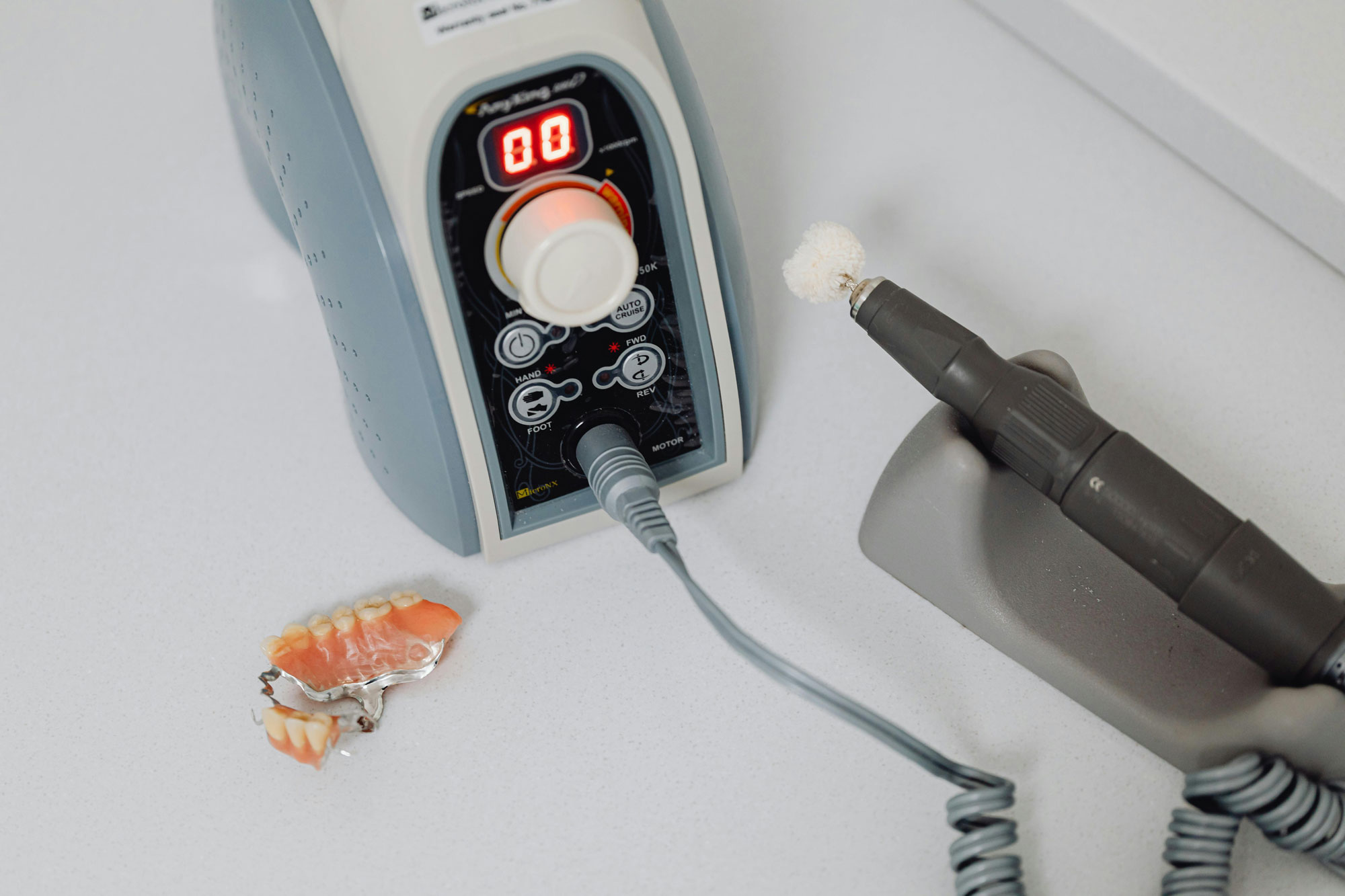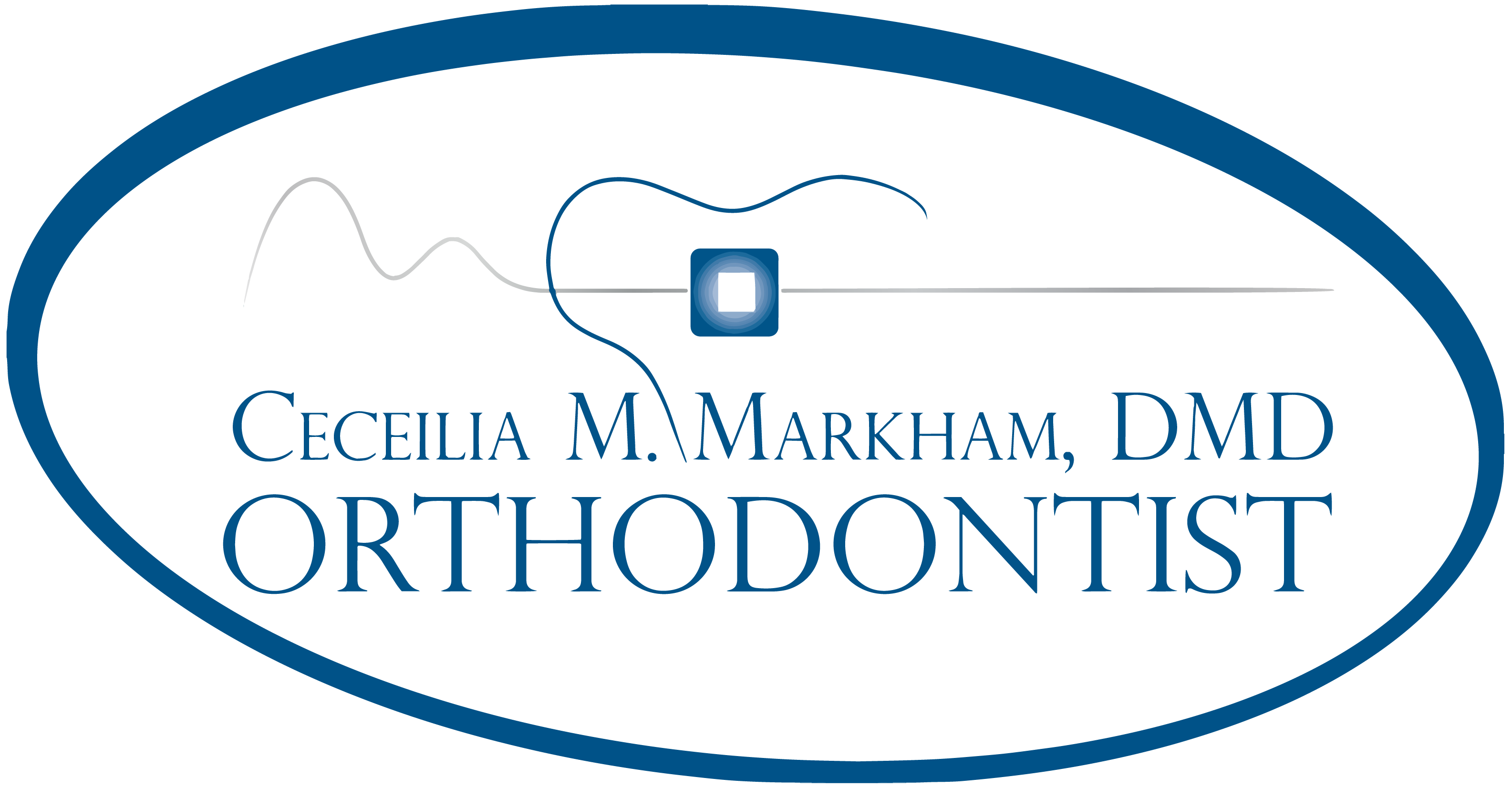Orthodontic treatment involves various appliances and techniques designed to correct teeth and jaw misalignment. One of the most effective and commonly used tools in orthodontics is headgear. Although headgear is often associated with traditional braces, it plays a pivotal role in correcting bite issues and guiding jaw growth, especially in younger patients. As part of the comprehensive orthodontic treatment provided by Dr. Ceceilia M. Markham, DMD, in Warrington, PA, headgear serves as a non-invasive, highly efficient solution for a variety of orthodontic problems.
Headgear is particularly useful for correcting bite discrepancies, such as overbites and underbites, and for controlling the growth of the upper and lower jaw. This article will delve into the different types of headgear, how they work, the benefits they offer, and their care requirements, providing an in-depth look at why this appliance is crucial for orthodontic success.

What is the Herbst Appliance?
The Herbst appliance is a fixed orthodontic device designed to correct bite issues, primarily Class II malocclusion. A Class II malocclusion is a condition where the upper teeth and jaw significantly overlap the lower teeth and jaw, commonly referred to as an overbite. The Herbst appliance gently encourages the lower jaw (mandible) to move forward, improving the relationship between the upper and lower jaws.
Invented in the 1980s by Dr. Emil Herbst, the appliance consists of two main parts: a metal framework attached to the upper and lower teeth, and small tubes or bands that link the upper and lower jaws. The appliance functions by using a gentle force to reposition the lower jaw over time, promoting proper alignment and improving the bite.
How Does the Herbst Appliance Work?
The Herbst appliance works by placing consistent, mild pressure on the lower jaw, encouraging it to move into a more forward position. This process helps correct the overbite and realign the teeth and jaws for better functionality. Here’s a breakdown of how the appliance functions:
- Upper and Lower Jaws Alignment: The Herbst appliance is custom-fitted to each patient’s mouth. The upper framework is fixed to the molars in the upper jaw, while the lower framework is attached to the molars in the lower jaw. Tubes or metal arms connect the upper and lower frames, allowing for controlled movement.
- Pressure on the Lower Jaw: The device gently pushes the lower jaw forward, helping to correct the overbite. This pressure gradually shifts the lower jaw into a more natural, forward position, aligning it with the upper jaw.
- Long-Term Benefits: The treatment duration varies based on the severity of the condition and individual progress, but typically, patients wear the Herbst appliance for about 12 to 18 months. During this time, the pressure exerted by the appliance promotes bone growth and joint adjustment, helping to establish a proper bite and improve jaw function.
Benefits of the Herbst Appliance
The Herbst appliance offers several significant advantages over other orthodontic devices. It is particularly effective in treating bite issues without the need for more invasive treatments. Here are some key benefits of using the Herbst appliance:
- Non-Surgical Bite Correction: For many patients with a Class II malocclusion, traditional methods such as extractions or surgery may be considered. The Herbst appliance provides a non-surgical solution that can achieve similar results, making it an attractive option for both children and adults.
- Improved Bite Functionality: The Herbst appliance helps create better alignment between the upper and lower jaws. As the appliance encourages the lower jaw to shift forward, it improves bite function, making it easier to chew and speak and reducing the risk of jaw pain or discomfort.
- Quick Treatment Time: Compared to other orthodontic options, the Herbst appliance typically delivers faster results. With an average treatment time of 12 to 18 months, it can correct significant bite issues in a relatively short period, especially when compared to the years it might take with traditional braces.
- Discreet and Comfortable Design: While some orthodontic appliances may be bulky or uncomfortable, the Herbst appliance is designed to be discreet and comfortable. The metal components are custom-fitted to the patient’s teeth, and the appliance is fixed in place, making it less noticeable than removable devices.
- Improved Jaw Development in Growing Patients: The Herbst appliance is particularly effective for children and adolescents who are still in their growth phase. It can stimulate jaw growth and correct skeletal imbalances, reducing the need for more invasive treatments later in life.
Conditions Treated with the Herbst Appliance
The Herbst appliance is primarily used to treat Class II malocclusion (overbite) and other bite-related issues. These conditions may include:
- Overbite (Class II Malocclusion): The most common condition treated with the Herbst appliance is overbite, which occurs when the upper teeth significantly overlap the lower teeth. This misalignment can lead to difficulty chewing and speaking and can cause jaw pain or discomfort.
- Jaw Alignment Issues: Some patients experience issues with their jaw positioning, such as an underdeveloped lower jaw or an overgrown upper jaw. The Herbst appliance helps promote forward movement of the lower jaw, encouraging better overall alignment.
- Crowding and Spacing Issues: In some cases, the Herbst appliance can also help address dental crowding or spacing issues, though it is primarily used for bite correction.
- TMD (Temporomandibular Joint Disorder): TMD is a condition that affects the jaw joint and surrounding muscles. The Herbst appliance can help alleviate the symptoms of TMD by improving the alignment and positioning of the jaw, reducing strain on the jaw joint.
- Facial Aesthetic Concerns: For some patients, improper jaw alignment can impact the appearance of their facial profile. The Herbst appliance can help reposition the jaw, improving facial aesthetics and ensuring that the upper and lower jaws are more in harmony.
What to Expect During Treatment
When you begin treatment with the Herbst appliance, Dr. Markham will conduct a thorough examination to determine if the appliance is the right fit for your specific needs. This may include X-rays, digital scans, and impressions of your teeth and jaw.
Once the appliance is custom-fitted, Dr. Markham will carefully place it in your mouth and ensure that it is properly adjusted. Patients may experience some discomfort in the initial days as the appliance exerts pressure on the jaw, but this should subside as the jaw gradually adjusts to the treatment.
Maintaining Oral Hygiene During Treatment
Maintaining good oral hygiene is essential during any orthodontic treatment, especially with a fixed appliance like the Herbst appliance. Here are some important tips for keeping your teeth clean and healthy while wearing the Herbst appliance:
- Brushing: Brush your teeth at least twice a day using a soft-bristled toothbrush. Be sure to clean around the appliance and the brackets thoroughly to remove food particles and plaque.
- Flossing: Flossing with a floss threader or orthodontic flosser will help you clean between the teeth and around the appliance.
- Regular Check-Ups: Regular visits to Dr. Markham are essential to ensure the appliance is working effectively and to address any issues that may arise during treatment.
After Treatment: Retention and Maintenance
Once the Herbst appliance has successfully corrected the bite and jaw alignment, the treatment will typically be followed by a phase of retention. Retainers are custom devices designed to hold the teeth and jaw in their new positions while the bone and soft tissues stabilize. Retention may be needed for several months or years, depending on the patient’s age and specific treatment goals.
Conclusion
The Herbst appliance is an innovative orthodontic tool that offers effective, non-invasive treatment for a variety of bite-related issues. Whether you are dealing with an overbite, jaw misalignment, or other dental concerns, the Herbst appliance can help improve both functionality and aesthetics. Under the care of Dr. Ceceilia M. Markham in Warrington, PA, this device can be a key part of your journey to achieving a healthier, more balanced smile.
If you are considering orthodontic treatment or have been recommended the Herbst appliance, it’s important to consult with Dr. Markham to discuss the benefits, potential risks, and how it can best address your specific needs. With proper care and maintenance, the Herbst appliance can offer lasting improvements and contribute to long-term dental health.
Visit Our Office
Office Hours
- MON9:45 am - 5:30 pm
- TUE9:00 am - 5:00 pm
- WED9:45 am - 6:15 pm
- THUBy appointments only
- FRI9:45 am - 5:00 pm
- SAT8:45 am - 1:00 pm
- SUNClosed
